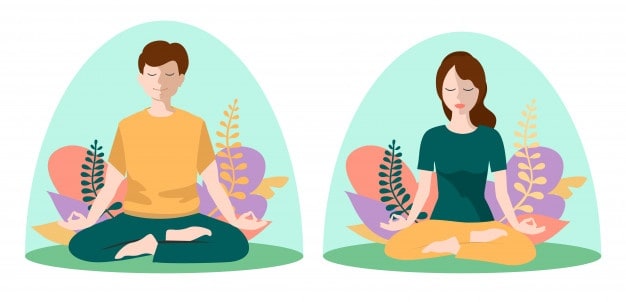I might not show it, but it’s there
I might not show it, but it's there
“You have power over your mind — not outside events. Realize this, and you will find strength.” — Marcus Aurelius

Not each and everyone is of the same type, not everyone is as expressive as others might be. Every person has their own voice and they have their choice to let it out or let it hurt them internally.

One can identify internal suffering when they’re losing interest in activities they loved or enjoyed a lot, feeling distant or detached, failing to access and express their feelings and emotions, feeling flat, both physically and emotionally, not being able to fully participate in life, having difficulty with experiencing positive feelings such as happiness, preferring isolation rather than being with others, growing hesitation and stumbling while expressing themselves.

Internal feelings and emotions can also have physiological reactions in person such as activation of cardiovascular, skeletomuscular, neuroendocrine, autonomic nervous system, somatosensory feedback mechanisms as they trigger emotional experiences. Like anger can cause liver damage and pain, happiness affects heart and blood flow, thoughtfulness with heart and spleen. Sadness is also associated with heart diseases and in some cases, heart attack and also with lungs, fear is associated with kidney and heart, and anxiety with lungs and heart, surprise/shock with heart and gallbladder.
Internal pain can cause stress, coming from grief that can flood the body with hormones, specifically cortisol, which causes that heavy-achy-feeling in the chest area. The heartache that comes with depression can increase the likelihood of a heart attack.

Feeling of being overwhelmed or feeling helpless, it’s not uncommon to turn to emotional numbness since it provides you with a protective defense. While this may provide temporary relief, learning to cope with difficult feelings this way can have long-lasting consequences. Emotional numbness results in temporary restrictions in the capacity to feel or express emotions. People might even shut down when they start to lose hope in being understood or really getting along with other people. Soon after, they potentially detach themselves from them. It’s hard for people to leave people so they slowly detach when they love someone. They never tell the other person but they suffer internally in silence.
There are basic practices like mediation, practicing thoughtfulness which innately focuses on self awareness encompassing what you know, what you don’t know, what you know you don’t know, what you don’t know you know, understanding of our position in the world, regardless of truth, sense of what our bodies are doing, what our minds are doing, what is going on in the outside world. There are at last treatment methods to deal with extreme suffering like CBT that involves learning and practicing cognitive-behavioral strategies for managing stress, traumatic experiences, depression, and anxiety can help tame negative thoughts and avoid defensive patterns of coping that are inefficient and invalidating of emotional processing and problem-solving, Psychotherapy that supports learning and use of productive coping tools such as allowing feelings to surface and processing them in the safe, nurturing environment of the therapeutic relationship.





